Some of the topics covered in this caliber listing:
What does Adjusted in Six (6) Positions mean?
You may have seen Adjusted in Six (6) Positions stamped on your watch movements. This means that the movement was tested and adjusted (or regulated) in 6 positions. The reason why watches are tested in multiple positions is because the force of gravity plays a role in a watch’s accuracy. In other words, a gain or loss in energy transmission occurs depending on the position of the balance wheel.
Simply put, your mechanical timepiece performs differently (has different rates of accuracy) based how it is worn or placed on the table. That is why accuracy is calculated as an average of these positions.
The 6 positions for watch regulating:
- Dial up
- Dial down
- Crown up
- Crown down
- Crown right
- Crown left
While these are the common positions for regulation of a watch movement, sometimes a movement is also tested in half way crown up and half way crown down positions.
How many positions are COSC certified movements tested in?
Some watches are tested in all 6 positions, but a COSC chronometer is tested in 5.
What is an “unadjusted” watch?
You may also come across watch movements that are labeled as unadjusted. This means that the watch was produced without undergoing any testing and adjusting from the factory – tested in 0 positions.
Pocket watch positions are similar:
- Dial up
- Dial down
- Pendant up
- Pendant down
- Pendant right
- Pendant left
You may have seen pocket watches that have 8 or 9 adjustments as well. This means they are also including adjustments for Isochronism or temperature (hot/cold).
Timing Machine Positions:
Using a timegrapher such as the one pictured, you can secure the watch head on the microphone stand and rotate the watch in all of the various positions to see the difference of rate in each. Check out the watch timing machine below (purchasing from the link helps to support this site).



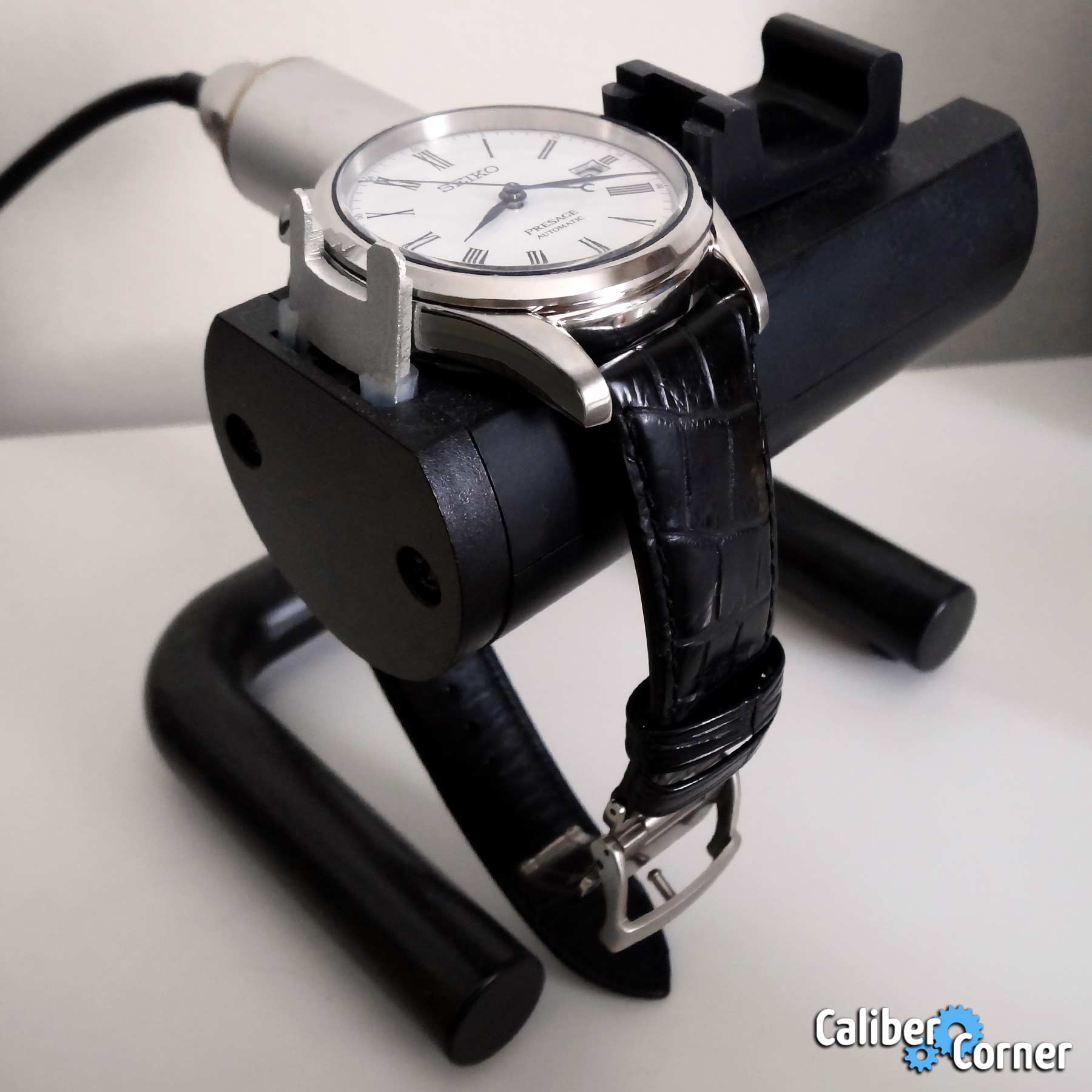
 network of watch sites
network of watch sites




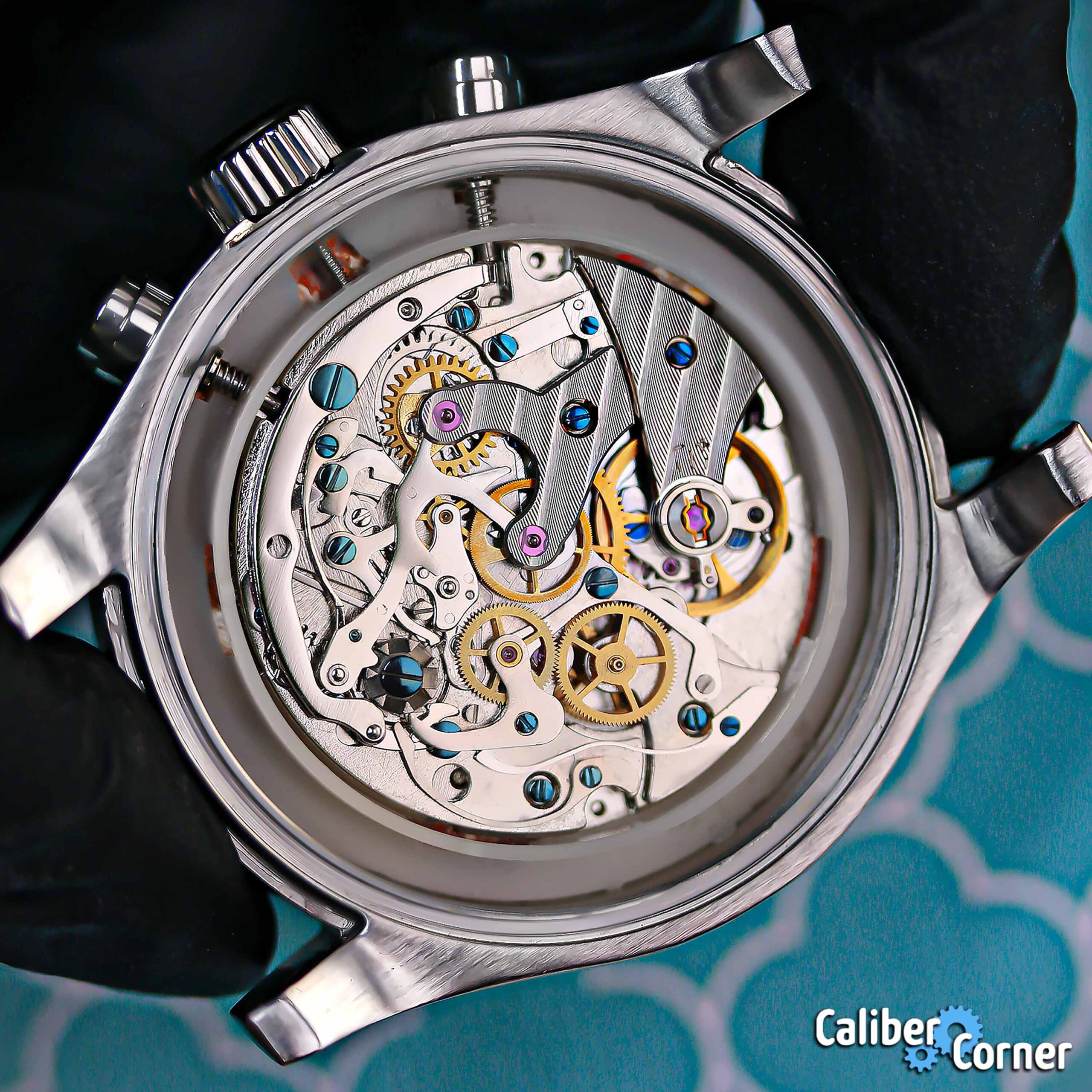

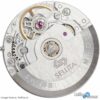





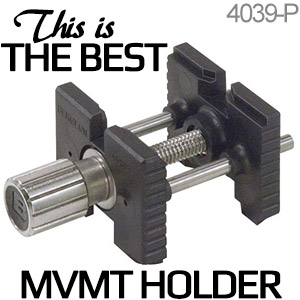



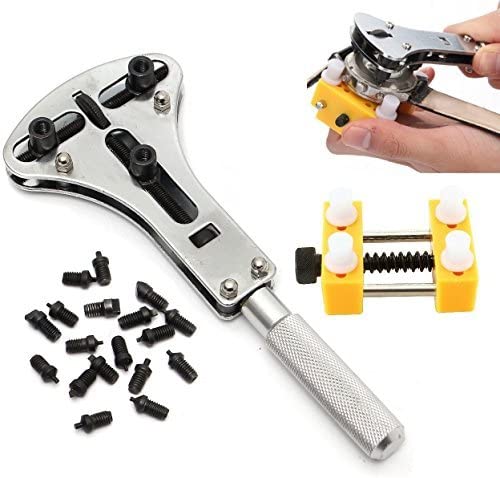
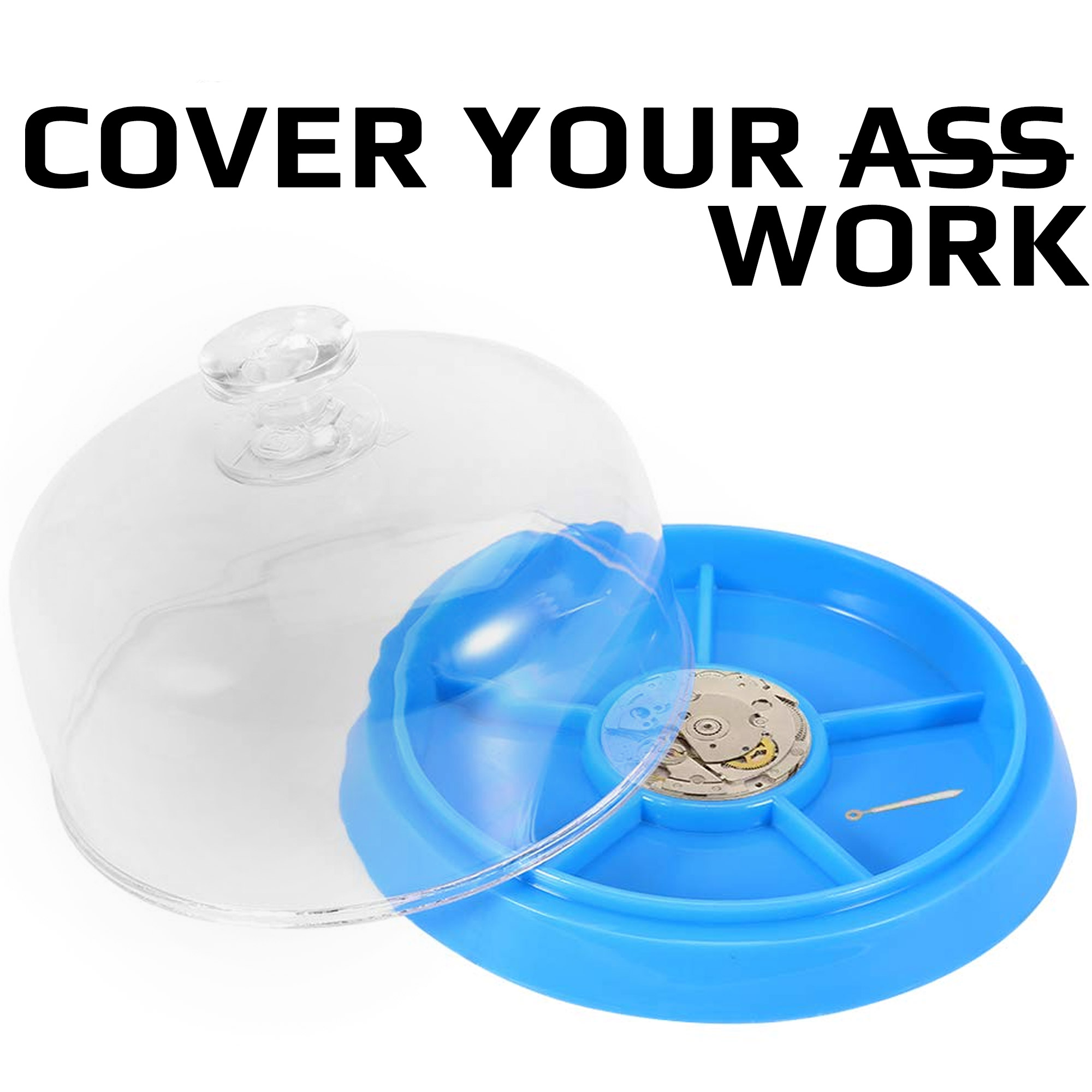



Trending Comments
ALTO Caliber A01
One of the coolest looking movements I've seen in a long time!
ALTO Caliber A01
What's with these prices. It's 20k and has the same regulating system in my $500…
Sunon Caliber PE11
Sunon is a part of GUANGZHOU Pearl Time Group, PE11 is the only repairable movement…
ETA Caliber 2824-2
Hi Craig, that would be the hour wheel. Tech sheets were added to the caliber…
ALTO Caliber A01
Im usually not into micro-rotor movements but this one is nice. I just wonder if…
Active Caliber Listings
More like saying, my Ferrari-which I had to get their permission to buy-has to be…
>Each beat is a hit at the positive or negative maximum Does this definition mean…
One beat is one tick or tock. Each beat is a hit at the positive…
Buy a 1969 King Seiko 5626-7000. Do so at your own peril because you'll discover…
are ETA 2824-2 dial are compatible?